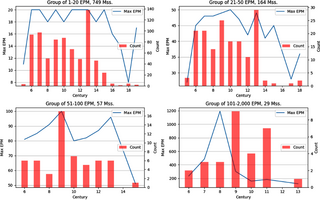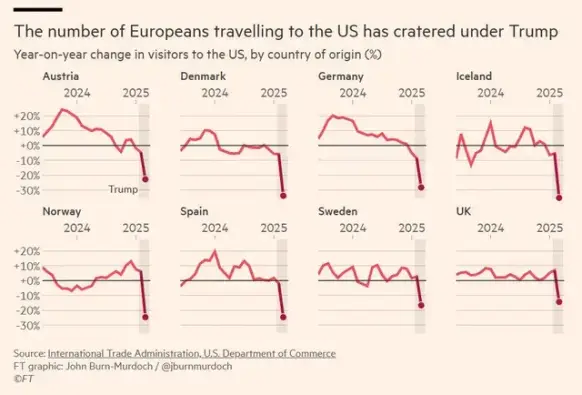**Material philology and Syriac excerpting practices: A computational-quantitative study of the digitized catalog of the Syriac manuscripts in the British Library**
“_The results reveal that most manuscripts contain fewer than 20 excerpts, but a small number show much higher levels of excerpting, highlighting the immense intellectual and literary activities implicated in their production._”
Maeir N (2025) Material philology and Syriac excerpting practices: A computational-quantitative study of the digitized catalog of the Syriac manuscripts in the British Library. PLOS ONE 20(3): e0320265. https://doi.org/10.1371/journal.pone.0320265.
#OpenAccess #OA #Research #Article #Culture #Charts #Religion #Taxonomy #Christianity #Analysis #Philology #Syriac #Academia

Material philology and Syriac excerpting practices: A computational-quantitative study of the digitized catalog of the Syriac manuscripts in the British Library
This study explores the literary practice of excerpting in Syriac manuscripts through a computational-quantitative analysis, contributing to the emerging field of Syriac material philology. The primary objective is to offer a “big picture” charting of Syriac excerpting as a non-authorial literary practice. Using digitized data from the British Library’s Syriac manuscript collection, the study analyzes nearly 20,000 excerpts, introducing the Excerpts Per Manuscript (EPM) metric to quantify and compare excerpting practices across manuscripts. The results reveal that most manuscripts contain fewer than 20 excerpts, but a small number show much higher levels of excerpting, highlighting the immense intellectual and literary activities implicated in their production. These high-EPM manuscripts appear across multiple genres, indicating that excerpting was a widespread and essential cultural activity rather than confined to specific literary types. The study also finds that manuscripts with the highest EPM values are concentrated between the 6th and 9th centuries CE, corresponding with a period of intense literary compilation in late antiquity. This pattern reflects the importance of excerpting in knowledge organization, aligning with broader trends in the canonization of texts within Christian, Jewish, and Greco-Roman traditions. The research emphasizes the limitations of earlier cataloging approaches, which obscure non-authorial practices by focusing on authors and texts. By reorienting data through computational analysis, the study provides new insights into the role of excerpting in Syriac manuscript culture. This approach demonstrates the value of digital tools in material philology, uncovering patterns that bridge genres and timeframes, and identifying high-EPM manuscripts as key sites of intellectual and cultural activity in the Syriac literary tradition.




